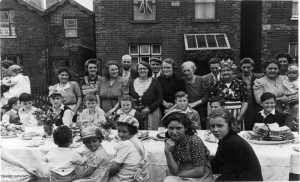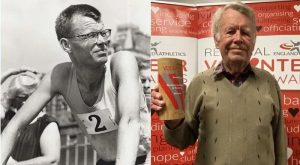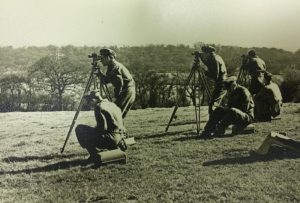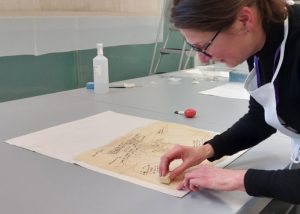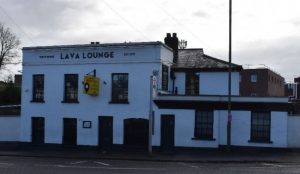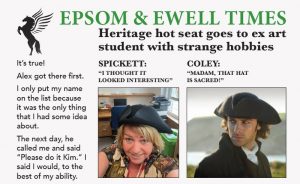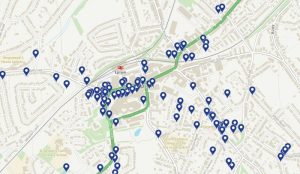The latest Heritage at Risk Register, published by Historic England in November 2024, has cast a shadow over the state of heritage conservation in Epsom and Ewell. Two conservation areas—Epsom Town Centre Conservation Area and the Horton Conservation Area—have been flagged as being in poor condition, with a concerning trend of deterioration. While both areas are deemed to have “low vulnerability,” this designation should not obscure the urgency of their plight.
The condition of these heritage assets is not only a reflection of their physical state but also an indicator of broader systemic issues. Without proactive measures, Epsom risks losing significant elements of its historical character.
Decoding the Heritage Assessment
Historic England evaluates heritage assets based on three criteria: Condition, Vulnerability, and Trend:
- Condition: The physical state of the asset, ranging from “very good” to “very bad.” For both Epsom Town Centre and Horton Conservation Areas, the classification of “poor” signals pressing maintenance and repair needs.
- Vulnerability: The extent to which external factors, such as funding shortages or development pressures, threaten the asset.
- Trend: Whether the asset’s condition is improving, stable, or deteriorating. Both conservation areas are assessed as experiencing a deteriorating trend.
While “low vulnerability” suggests no immediate threats, the deteriorating condition of these areas calls for decisive intervention to reverse the decline.
Epsom Town Centre Conservation Area: A Historic Hub in Decline
Epsom Town Centre is more than a commercial centre; it is the beating heart of the borough’s identity. Its 39 listed buildings include the Spread Eagle Hotel and historic structures on Wheelers Lane. Each of these buildings tells a story of Epsom’s rich past, from its heyday as a 17th-century spa town to its enduring role as the home of the Epsom Derby.
The “poor” condition and “deteriorating” trend of the conservation area suggest neglect and insufficient maintenance. While some buildings remain privately owned, the broader conservation area’s status is a public concern that requires collective action.
Horton Conservation Area: A Legacy of Victorian Innovation
The Horton Conservation Area, part of Epsom’s celebrated “hospital cluster,” was established to protect the architectural and historical significance of the Victorian psychiatric asylum buildings. One notable structure, the Horton Chapel, was recently restored and reopened as the Horton Arts Centre. While this transformation is a success story, Historic England’s continued classification of the area as “poor” indicates unresolved challenges.
Epsom and Ewell Borough Council: Highlighting Achievements
Councillor Peter O’Donovan, (RA Ewell Court) Chair of Licensing & Planning Policy, defended the Council’s track record in heritage conservation. He highlighted the Council’s restoration of the Epsom Clocktower in 2019 and its role in transforming Horton Chapel.
Regarding the Town Centre Conservation Area, O’Donovan noted that the Council has implemented policies to guide development, enforce planning regulations, and enhance the appearance of shopfronts and buildings. The recently published Town Centre Masterplan prioritises a “context-led design approach,” aiming to balance new development with the conservation of historic features.
“Our local heritage is integral to our unique character,” said O’Donovan. “The Council works in a range of ways to protect the borough’s heritage and conservation areas.”
You can read Cllr O’Donovan’s full response HERE.
Councillor Kieran Persand: A Call for Stronger Action
Conservative Councillor Kieran Persand, representing Horton Ward, painted a more critical picture. He expressed concerns about the lack of a robust repair and maintenance programme for heritage sites, particularly in the Horton area.
Persand also raised alarm over the Council’s draft Local Plan, which proposes development on Horton Farm, a high-performing Green Belt site. “The vulnerability of these conservation areas is increasing significantly,” Persand warned. “Epsom is at risk of losing its identity as a beautiful and historic location through inappropriate development and poor maintenance.”
The Bigger Picture: Heritage and Development
Epsom’s heritage is inextricably linked to its future development. While the Council has emphasised its commitment to protecting conservation areas, critics argue that its actions often fall short of its rhetoric. The inclusion of Horton Farm in the draft Local Plan has drawn widespread opposition, with residents and conservation advocates fearing irreversible harm to the borough’s historic character.
Historic England’s findings underscore the importance of balancing development pressures with heritage conservation. The “poor” condition of Epsom’s conservation areas should serve as a wake-up call to prioritise long-term preservation efforts.
Community and Stakeholder Engagement
Preserving Epsom’s heritage requires a collaborative approach involving local authorities, property owners, and the community. Practical steps could include:
- Increased Funding: Securing additional resources for maintenance and restoration.
- Community Initiatives: Encouraging residents to take pride in and advocate for their local heritage.
- Education and Awareness: Promoting understanding of the value of conservation areas.
- Stronger Enforcement: Ensuring compliance with planning regulations and conservation policies.
The Path Forward
Historic England’s report is both a challenge and an opportunity. While the condition of Epsom’s conservation areas is concerning, it is not too late to act. Proactive measures, guided by a shared commitment to preserving the borough’s heritage, can reverse the trend of deterioration and secure Epsom’s identity for future generations.
As the debate continues, the question remains: will Epsom rise to the challenge, or will it allow its treasures to fade into obscurity?
Map of many of the listed buildings in Epsom Town Conservation Area: © Crown copyright [and database rights] 2025. OS AC0000815036. | © Historic England | © Crown Copyright 2024. Released under OGL. | © Crown Copyright 2024. Contains Ordnance Survey data © Crown copyright and database right 2024. Released under OGL.


